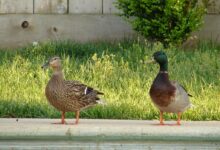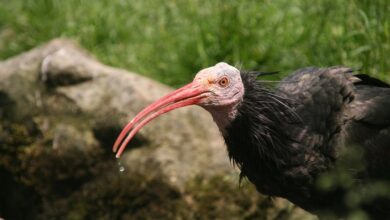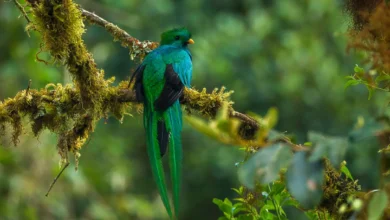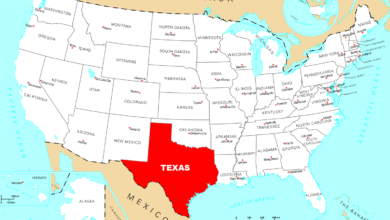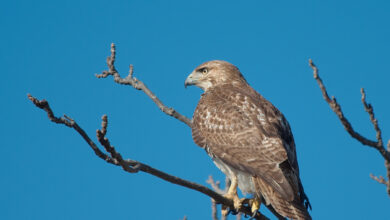Types of UK Ducks: Species of British Ducks

Picture this: a serene stroll through a UK park where you’re captivated by the sight of ducks gracefully paddling on the water. These delightful creatures, a beloved part of British wildlife, bring vibrancy and life to our ponds, lakes, and rivers. With a diverse range of species, each with unique traits and behaviours, ducks are not just fascinating to observe and study but also a testament to the beauty of our natural world.
In this guide, we’ll delve into the world of British ducks, exploring their types, habitats, behaviours, and conservation efforts to protect them. Join us in appreciating their beauty and understanding their importance in our ecosystems.
The Diversity of British Ducks
Mallard (Anas platyrhynchos)
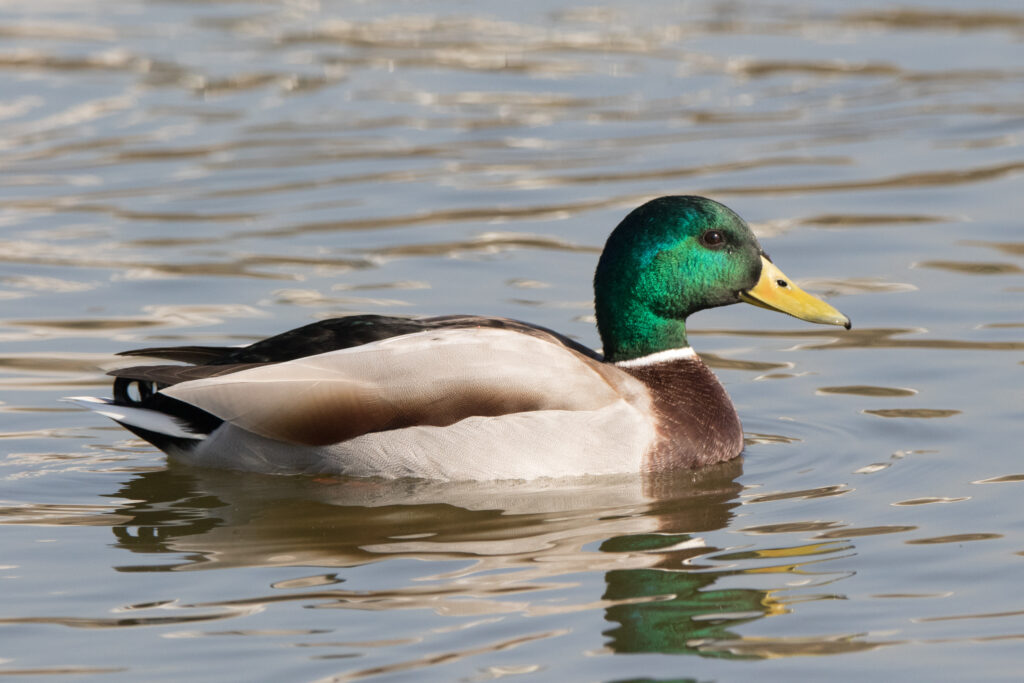
The Mallard is perhaps the most well-known duck in the UK. The male Mallard is easy to spot with its distinctive glossy green head, yellow bill, and rich brown chest. Female Mallards, conversely, have mottled brown plumage, which provides excellent camouflage. These adaptable birds can be found in almost any freshwater body, from rural ponds to urban canals. They are omnivorous, feeding on various plant materials, insects, and small fish.
Northern Pintail (Anas acuta)
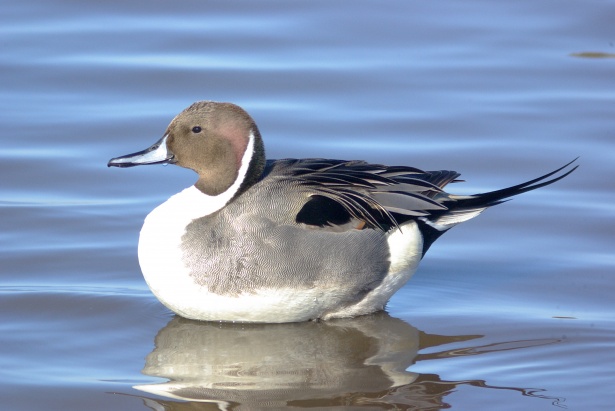
With its sleek, elongated neck and elegant silhouette, the Northern Pintail is a sight to behold. Males have a striking combination of a chocolate-brown head and a white stripe that extends down their neck. Pintails prefer shallow wetlands and are often seen dabbling in the water for seeds and aquatic plants. Their graceful demeanour and swift flight make them a favourite among birdwatchers.
Eurasian Wigeon (Mareca penelope)
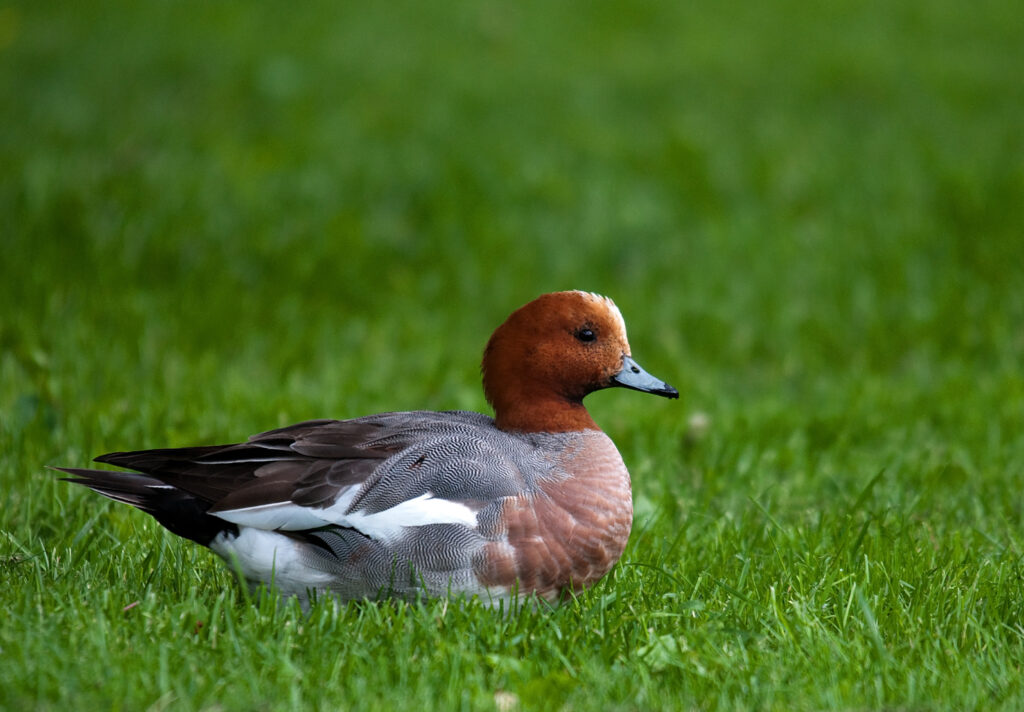
The Eurasian Wigeon is another distinctive duck species in the UK. Males are characterized by their chestnut heads, creamy forehead, and pinkish-brown body. At the same time, females have a more subdued brownish-grey plumage. Wigeons are commonly found in estuaries, marshes, and lakes, where they graze on grasses and other vegetation. Their whistling calls can often be heard before they are seen.
Gadwall (Mareca strepera)
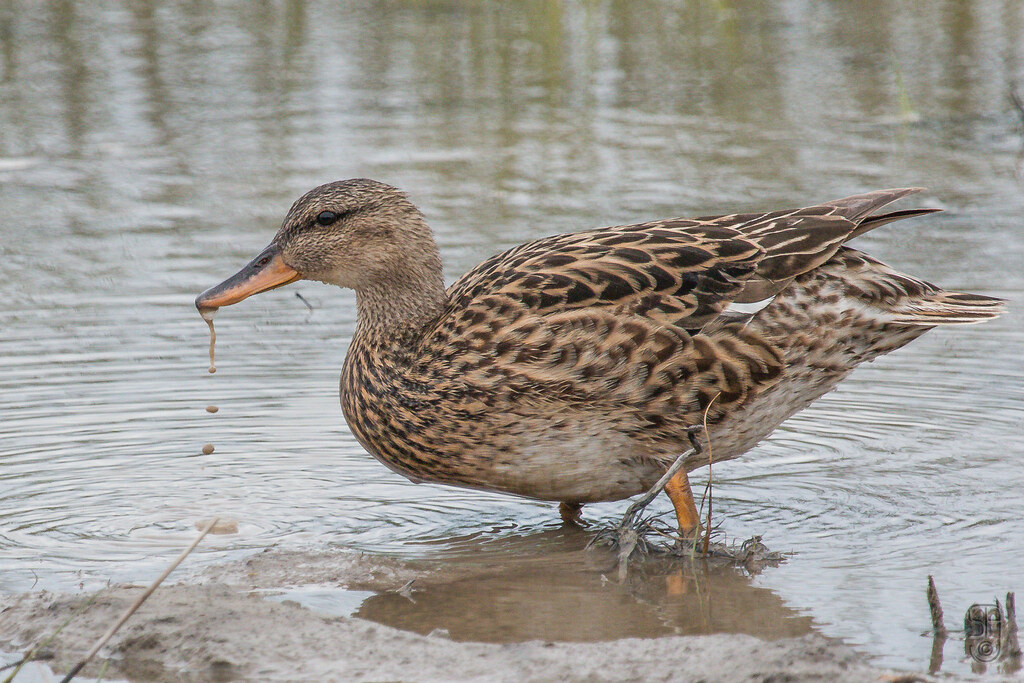
The Gadwall is a somewhat understated but beautiful duck. Males are mostly grey with a distinctive black rear end. At the same time, females resemble female Mallards with a slimmer profile and white wing patches visible in flight. Gadwalls are often found in the same habitats as other dabbling ducks, feeding on aquatic plants and small invertebrates.
Tufted Duck (Aythya fuligula)

Easily recognizable by the tuft of feathers on its head, the Tufted Duck is a striking bird. Males are black with white flanks and a distinctive yellow eye, while females are brown with a subtler tuft. These diving ducks prefer deeper waters and are commonly found in lakes and reservoirs, where they dive for molluscs and insects.
Common Teal (Anas crecca)
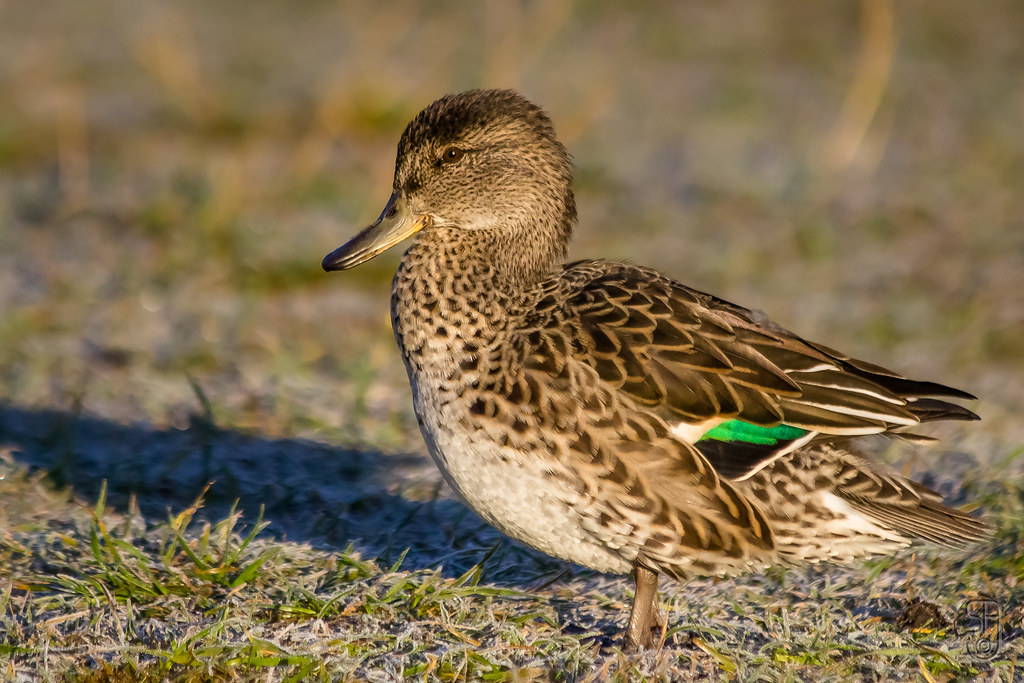
The Common Teal is the smallest dabbling duck in the UK. Males have a beautiful chestnut head with a green eye patch and a speckled grey body, while females are mottled brown. Teals are often found in shallow waters and marshes, feeding on seeds and aquatic invertebrates. They are known for their quick, agile flight.
Shoveler (Anas clypeata)
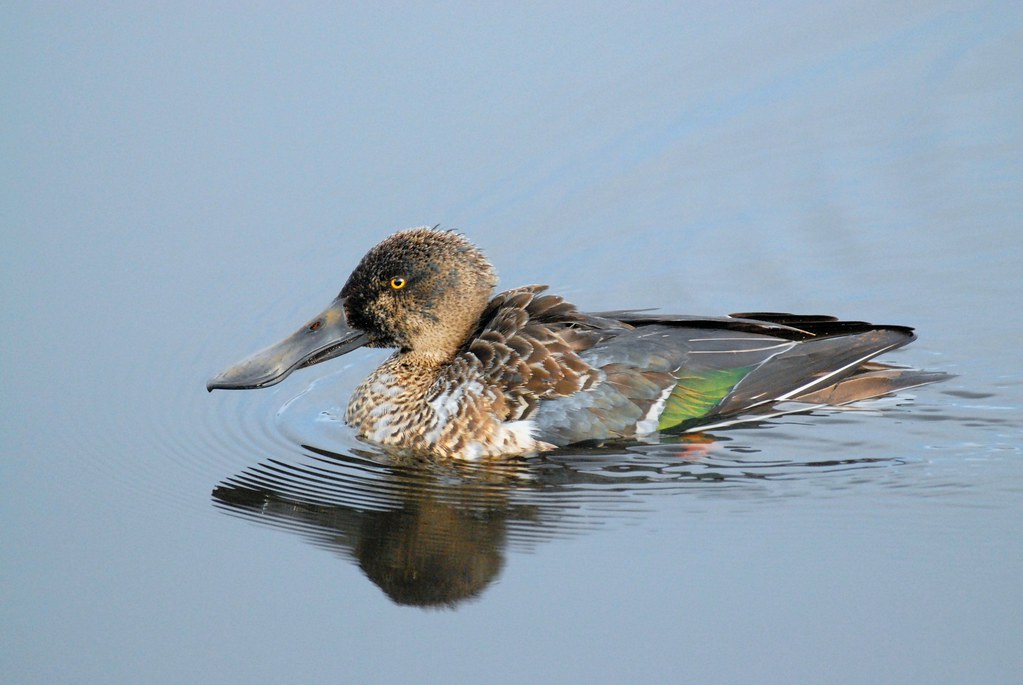
The Shoveler is easily identified by its large, spatula-shaped bill. Males have a striking plumage with a green head, white chest, and chestnut sides, while females are mottled brown. Shovelers often skim the water’s surface with their bills, filtering out small crustaceans and seeds. They prefer shallow wetlands and marshes.
Ducks in Urban Areas
Ducks have shown remarkable adaptability to urban environments, making cities and towns across the UK their home. Mallards, in particular, are a common sight in urban parks and gardens, often interacting with people. While feeding ducks in parks can be a delightful experience, it’s crucial to do so responsibly to ensure their health and well-being and to foster a respectful relationship with these beautiful creatures.
Seasonal Movements and Migration
Many ducks in the UK are migratory, travelling great distances between their breeding and wintering grounds. Migratory ducks, such as the Northern Pintail and Eurasian Wigeon, leave the UK during the spring and summer to breed in the colder regions of Northern Europe and return in the autumn. Resident ducks, like the Mallard, remain in the UK year-round. Wetlands and protected areas play a crucial role in supporting these migratory patterns.
Breeding and Nesting
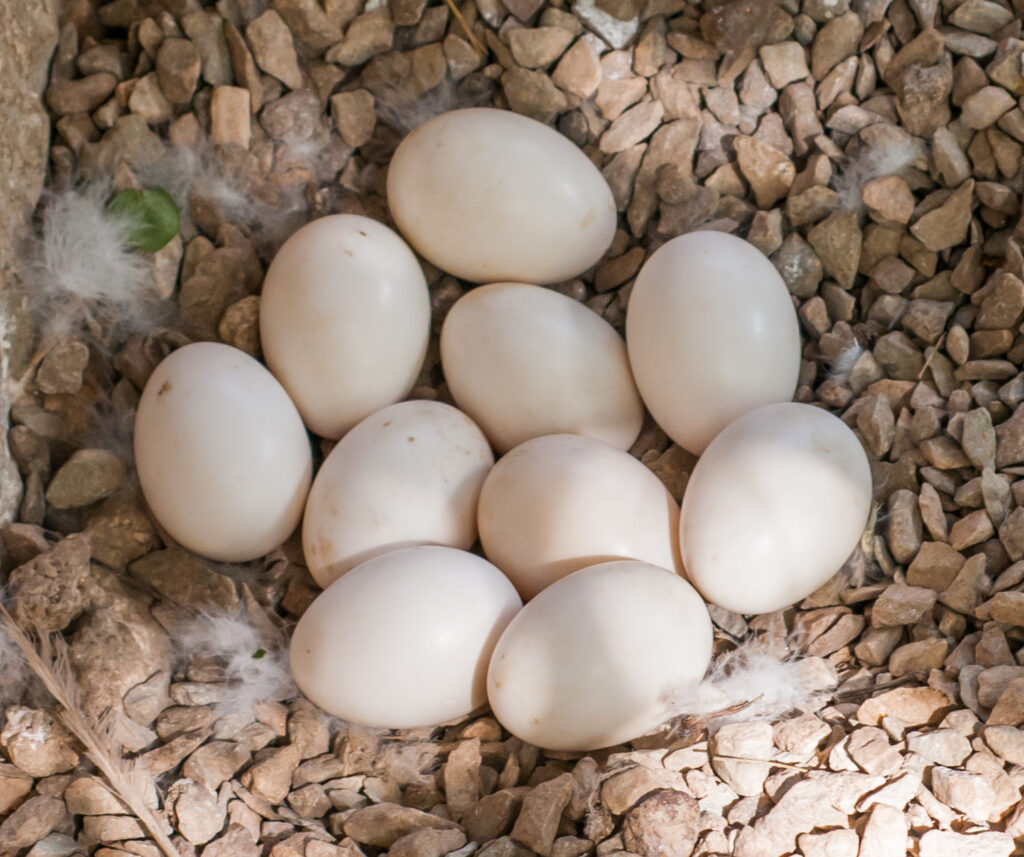
Breeding season for ducks typically begins in the spring. Female ducks build nests in concealed locations near water, often using grasses and down feathers to line the nest. Once the eggs are laid, the female incubates them while the male watches. Ducklings hatch after about a month and are immediately led to water by their mother. It’s a difficult journey, but they learn to swim and forage quickly with their mother’s guidance.
Diet and Feeding Habits
Ducks are omnivores with a varied diet that includes aquatic plants, insects, and small fish. While it’s common for people to feed ducks in parks, it’s important to avoid giving them bread, as it lacks nutritional value and can harm their health. Instead, consider feeding ducks grains, seeds, or specially formulated duck pellets.
Conservation Efforts
Ducks face numerous threats, including habitat loss, pollution, and climate change. In response, conservation programs across the UK are working tirelessly to protect and restore vital wetland habitats. These efforts are crucial in ensuring that duck populations remain healthy and stable. Organizations like the Wildfowl & Wetlands Trust (WWT) are at the forefront of these initiatives, conducting research and advocating for policies that benefit waterfowl.
Fun Facts about UK Ducks
Did you know that the Mallard is the ancestor of almost all domestic duck breeds? Or that ducks have an intricate system of vocalizations to communicate? One fascinating behaviour is “dabbling,” where ducks tip forward in the water to feed on underwater plants. Ducks are also known for their incredible navigation skills during migration, often travelling thousands of miles.
Common Myths and Misconceptions
There’s a common myth that all ducks migrate, but many species, like the Mallard, are resident birds. Another misconception is that bread is a suitable food for ducks. In contrast, it can actually cause malnutrition and other health issues. It’s important to spread awareness about these myths to ensure the well-being of our feathered friends.
Duck Watching in the UK
The UK offers numerous prime locations for observing ducks. Wetlands, nature reserves, and even city parks can be great spots for duck-watching. Beginners should bring binoculars, a field guide, and a notepad to jot down observations. Remember to respect the wildlife and avoid disturbing their natural behaviours.
Role of Ducks in Ecosystems
Ducks contribute significantly to biodiversity and play vital roles in their ecosystems. They help control insect populations and disperse plant seeds, and their droppings add nutrients to the soil. Maintaining healthy duck populations supports overall ecological balance and promotes a rich, diverse environment.
FAQs about British Ducks
What is the most common duck in the UK?
The Mallard is the most common duck species in the UK, found in various habitats from rural ponds to urban parks.
Are all ducks in the UK migratory?
No, not all ducks are migratory. While species like the Northern Pintail migrate, others, like the Mallard, are resident birds that stay year-round.
Is it okay to feed ducks bread?
Feeding ducks bread is not recommended as it lacks nutritional value and can cause health issues. Opt for grains, seeds, or duck pellets instead.
Where is the best place to go duck-watching in the UK?
Wetlands, nature reserves, and city parks are excellent duck-watching locations. The Wildfowl & Wetlands Trust reserves are particularly good spots.
How can I help with duck conservation efforts?
Supporting organizations like the Wildfowl & Wetlands Trust, participating in habitat restoration projects, and spreading awareness about duck-friendly practices can all contribute to duck conservation.
By learning more about England ducks, we can appreciate the rich diversity of British ducks. Understanding the various ducks of England and their habitats helps us contribute to their conservation and enjoy the vibrant wildlife that graces our natural landscapes.

